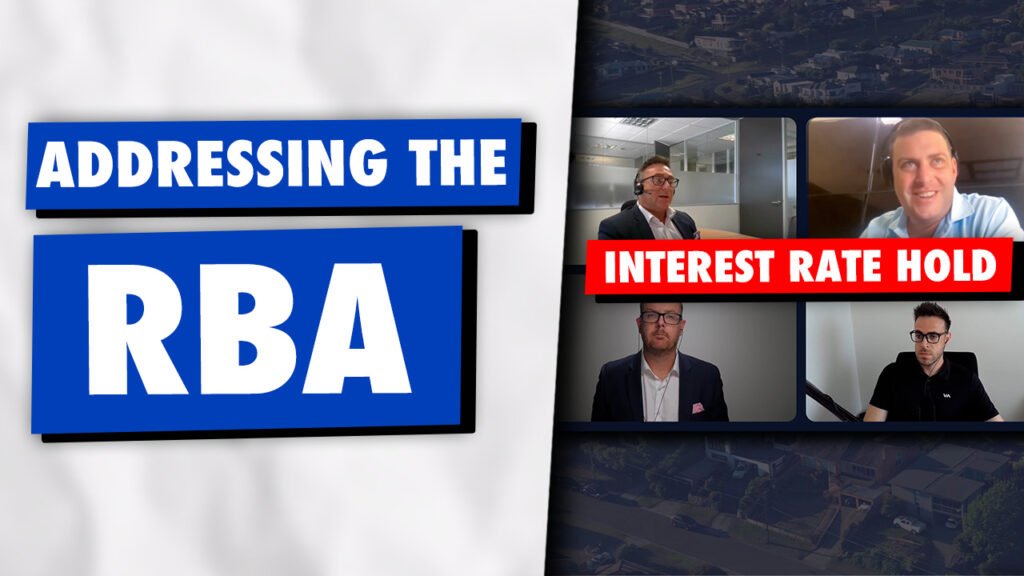Sifting through the noise around housing markets, interest rates, and inflation is enough to put anybody off the idea of buying a property in 2023. For some, this year might seem like one of the worst times to get into the market, but for others, there are strong signs of opportunity.
The best attitude is that purchasing a property is a long-term investment with 10- to 20-year horizons, not a short-term purchase vulnerable to market swings. Most people are aware of the classic boom-to-bust cycle of property markets and how they recover before then starting the entire process again. You might be thinking, “but, wait a minute, the last three years have seen some ridiculously high value increases”, and you’d be right.
In 2020–21, rising property values were pushed along by a mix of strong demand and historically low interest rates. But, today, rising interest rates are cooling prices across most Australian property markets. Property investment has many moving parts, but, for buyers with a long-term focus – whether investors or first home buyers – 2023 could prove to be a good time to take out a mortgage.
House Prices Are Starting to Rise
After 11 consecutive cash rates rises precipitated plunging housing prices – which dropped by as much as 15% in some areas – the slowdown appears to be over. CoreLogic found that national averages went up by 0.6% in March and 0.5% in April. New South Wales, Victoria, Queensland and Western Australia all saw increases in capital city values, with Queensland, South Australia, and Western Australia recording regional lifts as well.
In other words: we’re moving out of the darkness, and back towards more positive market conditions. That’s good news for prospective homebuyers, especially if you’ve been holding off, wary of tying up your capital in a years-long housing slump.
Property markets do move in cycles, though – the ideal time to invest is before they peak. With the national downturn over, values may stabilise and increase over the coming months. Buyers that want to take advantage of the current prices should seek advice about whether investing now is the right move for them.
Rising rental costs may also be a consideration. Vacancy rates aren’t likely to improve in the short term, and, for some tenants, that could be an incentive to put high rental payments towards a mortgage instead.
Interest Rates Have Been Worse
The never-before-seen interest rate of 0.1% during November 2020 resulted from a once-in-a-lifetime occurrence. From 1990–2023, the average Australian cash rate was 3.85%; between 1990 and 2008, the rate barely dipped below 5%. Economists from the Big Four banks predict the current cash rate will hold at 3.85% until the end of 2023 , followed by a cooling period in early 2024.
It’s important to understand that the cash rate isn’t spiralling out of control. Instead, we’re seeing a return to baseline – and there’s no reason for home buyers to put off purchases in anticipation of 2020 rates returning.
There Are Smart Places to Invest
The ‘Australian dream’ of a large house, a big backyard, a clothesline out the back, and a verandah out the front is changing. As a nation, we’re slowly moving towards smaller housing – and that’s not just in metropolitan areas either.
As our properties shrink, people will demand quality amenities within walking distance – an urban planning concept known as the 15- or 20-minute neighbourhood. Finding areas where there is substantial infrastructure spending may help you identify desirable locations for potential future renters.
Let’s not forget about renting, either. Australia is experiencing a rental crisis, and our markets are set to remain tight for the next few years. Returning international students, immigration, and a resource-strapped construction sector are adding to already high demand, making it likely that rental properties will continue to rise in value.
You Have All Your Ducks in a Row
Regardless of what is happening in the markets, long-term investing is about making the right decisions for your portfolio. If you have a sound investment strategy with ownership structures to protect your assets and minimise your tax obligations, there’s no real reason to hold off in anticipation of slightly lower interest rates that might materialise in a few years’ time.
Residential housing price declines, soaring rent demand, and relatively low competition aren’t bad things for any property investor – and, if you’re in it for the long haul, it’s time spent in the market, not timing, that counts most.
Conclusion
Buying an investment property in 2023 is far from a bad idea. Many Australian markets are still shaky, but, if you’re approaching property with an investor’s mindset, buying now could deliver 10-year better returns than holding out for marginally lower interest rates.
Declining property values and the ability to refinance in the future mean that there are opportunities out there for buyers who do their homework. Conduct due diligence, seek the advice of professionals like brokers and buyer’s advocates, and keep abreast of big infrastructure developments to get in early on investment hotspots.
The key is to have a solid investment strategy and not get too caught up in trying to time the market. Property, after all, is a long-term game.






